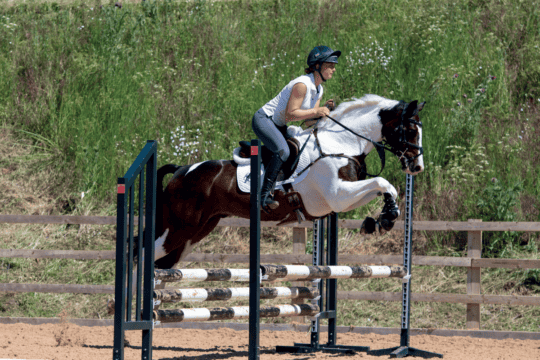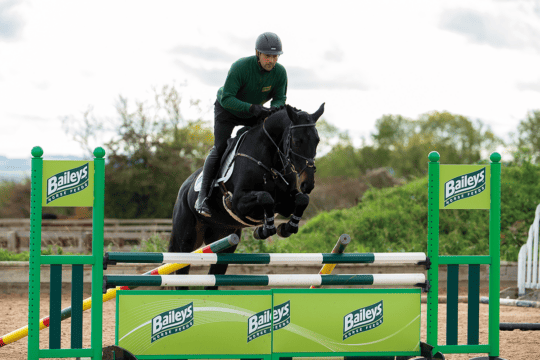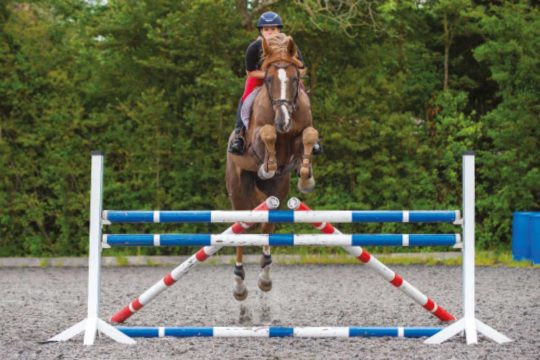-
Riding Schooling and Training
-
Health and Veterinary
-
Management
-
Mind Matters
-
Buying and Selling
-
Insurance Advice
FAQs
Mixing up your training regime with some unconventional exercises will strengthen you and your horse as a partnership, says eventer Ben Hobday
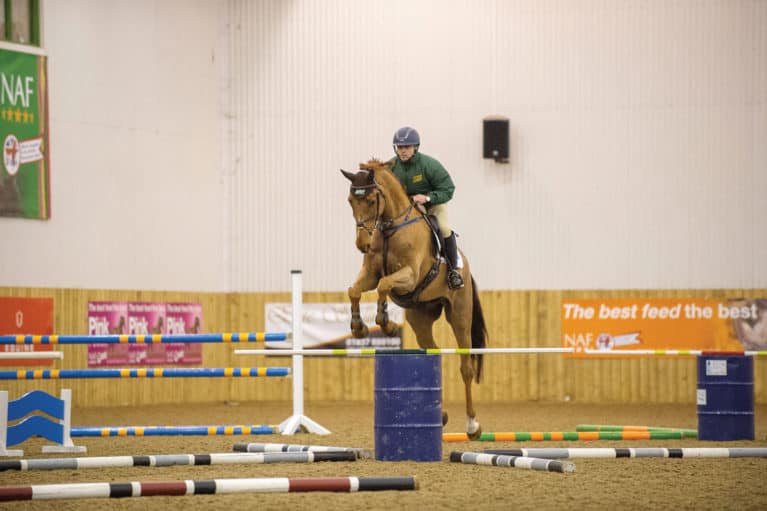
In training, the focus for many riders is pushing the height of the fences, mastering complicated turns and angles and building fitness. All this plays a part in boosting performance, but I’m also a big believer in training outside the box and pressing pause on popping jump after jump – something I like to think of as a bit of constructive playtime.
Not only is it mentally beneficial for your horse to have a break from the norm, trying a less conventional exercise injects a bit of fun into your jumping. It takes you and your horse away from the comfort and familiarity of wings and poles, too, and secretly builds up important course-riding skills along the way.
A different challenge
On my yard, playtime in training takes the form of tackling obstacles and combinations that are a bit alien to anything you’d usually find on a course of showjumps. For example, I might set up a triple bounce of water trays on the floor, or come to a narrow obstacle, such as a filler on its own.
The idea is to ask your horse different questions from those in everyday training. Rather than, ‘jump higher’, or ‘turn tighter’, you’re presenting your horse with a question that asks him to ‘be brave’ or ‘trust me’. Despite looking like just a bit of fun, playtime still adds a pressure element to your training and will test the skills you’ve already cultivated. It could reveal areas to improve that might not be so apparent over showjumps, too.
Fun by the barrel
Something I love to do with my horses is ask them to jump a line of three barrels. As well as being a bit of a thrill, this exercise tests…
- the quality of your horse’s canter, to maintain balance and power
- straightness, to ensure a clean line to the middle of the fence. The barrels’ narrow width really highlights the importance of straightness and if your canter is steady but powerful, holding your line will be much easier
- trust and bravery, so ensure you give your horse clear, confident instructions
- your reactions, so that if your horse breaks his focus you can set him back on course with effective aids
As a combination, if you’re lacking in any of these factors, this exercise will soon flag it up. However, don’t let that dishearten you – keep practising and you’ll soon improve.
Exercise: Line of three
You’ll need three barrels, at least six but up to 12 poles as well as three thin, light poles or rods, such as bamboo canes.
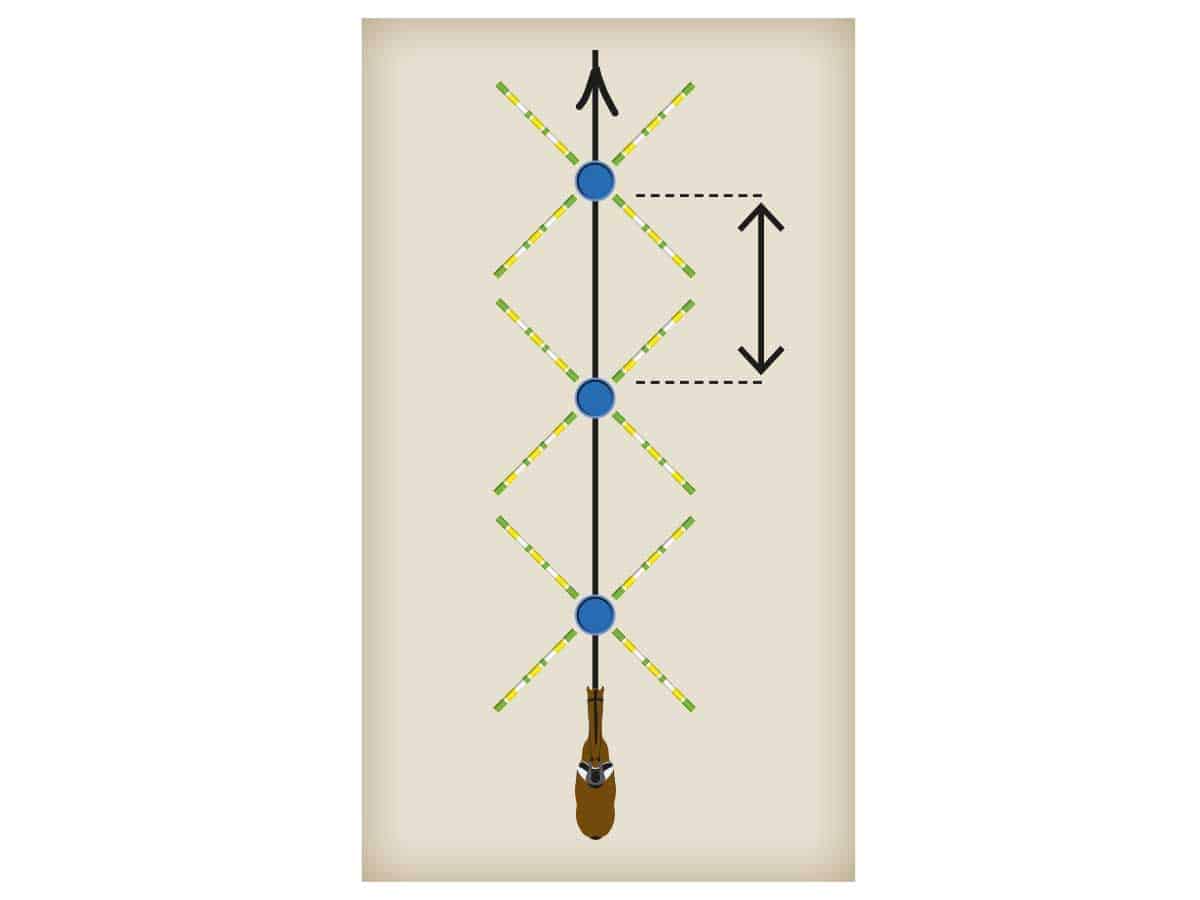
Place your barrel triple down the centre line with two short strides between each (approximately 10m). Start with the barrels on their sides rather than upright. Not only does this reduce the demands of the exercise height-wise, it’ll also give you a wider point to aim for initially.
Then, use your poles on the ground to make a cross with each barrel in the centre. You’ll need four for each. These will help you and your horse maintain your line through the barrels. If you only have six poles, make a V-shape in the direction you’ll be jumping them at each barrel.
Finally, balance a thin pole on top of each barrel or place to help your horse to understand the barrel as a fence and discourage running out. If your barrel is on its side, you could support your pole with jumping blocks either side of it. You can remove the poles as your horse gains confidence, but avoid giving him too tough a test from the word go and catching him out.
TOP TIP
If you don’t have access to any barrels, you could use a jumping block, cone or other narrow obstacle instead.
How to ride it
Establish a steady and powerful canter with a consistent rhythm – sit up tall in your body to control the speed and make sure your leg is closed around your horse’s sides, ready to ask him for more impulsion if his canter loses power.
Looking up and around your turn, guide your horse onto the centre line, keeping him between your hand and leg. Make sure you don’t rely on your inside rein – your outside aids are equally important in the turn, too.
As you come down the line, keep looking ahead and focused on correcting any wiggles in your horse’s way of going with your hand and leg aids.
Jumping barrels is a bit out of the ordinary for most horses, so you may find your horse backs off or spooks when faced with them. However, if you’re calm, clear and confident, he’ll want to be brave and answer the question for you.
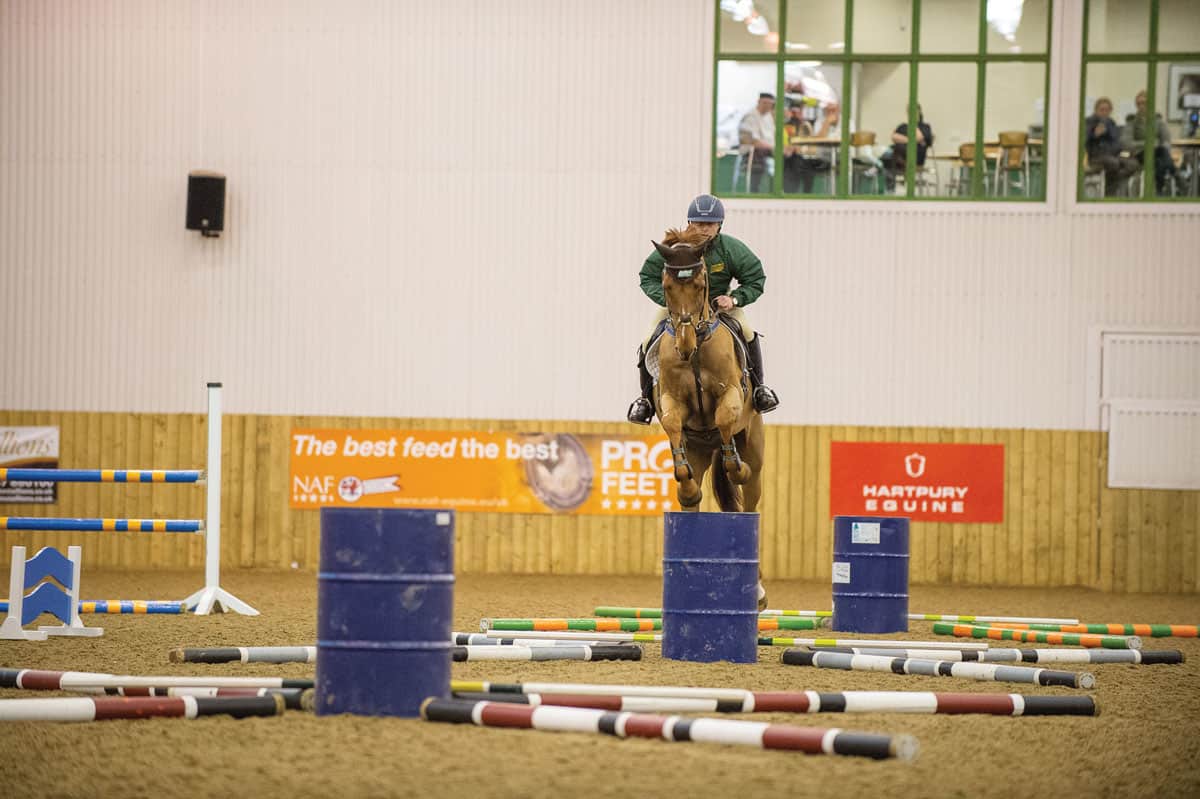
The main components for success in this exercise are a quality canter and straightness, so make sure you look to your final barrel as you approach the first. Plus, maintaining straightness will be much easier if your canter is unhurried and full of energy. If your horse rushes, his canter will have poor balance, reduced power, and he’ll have less time on the approach to work out the question you’re asking of him, making his job much harder. Therefore, I like to think “steady, leg, steady, leg” in time with my horse’s gait to create a balanced pace.
Slowly does it
Depending on your horse’s experience and fitness, it might be that you don’t complete the exercise in one session. The aim of the game is to give him a fun task that’s also a bit of a brain teaser – you don’t want to knock his confidence (or yours, for that matter) by over-facing him.
Before dedicating a session to jumping barrels, why not set them up and school around them in the days before? Furthermore, you could pop a single barrel between some jump wings and build up to jumping it without them before trying out the whole exercise, too.
TOP TIP
If you’re struggling with straightness, think about your contact as an isosceles triangle – the base is between your hands with the top point in his mouth. The two sides of the triangle that meet at the bit – aka your reins – must always be equal in length and pressure for him to remain straight. Widening the base of the triangle will also help you keep him on course.
All about analysis
The aim of most of your training might be geared towards jumping the perfect clear round, but don’t worry if your horse upturns a barrel. After all, you’re in training, so knockdowns aren’t an issue – rather a benchmark from which to improve. Furthermore, this exercise looks more at the skills of straightness, balance and trust between you and your horse and when these are in place, you’ll more than likely eliminate knockdowns.
Most importantly, this exercise is a great opportunity for you to analyse your riding and your horse’s way of going. For example, you might notice that although he jumped clear, he wiggled a bit down the line of barrels. Now’s the time to get your perfectionist hat on – congratulate yourself and your horse for a job well done but think: ‘how can we do it even better next time?’
With thanks to Baileys Horse Feeds for their help with this feature, baileyshorsefeeds.co.uk




